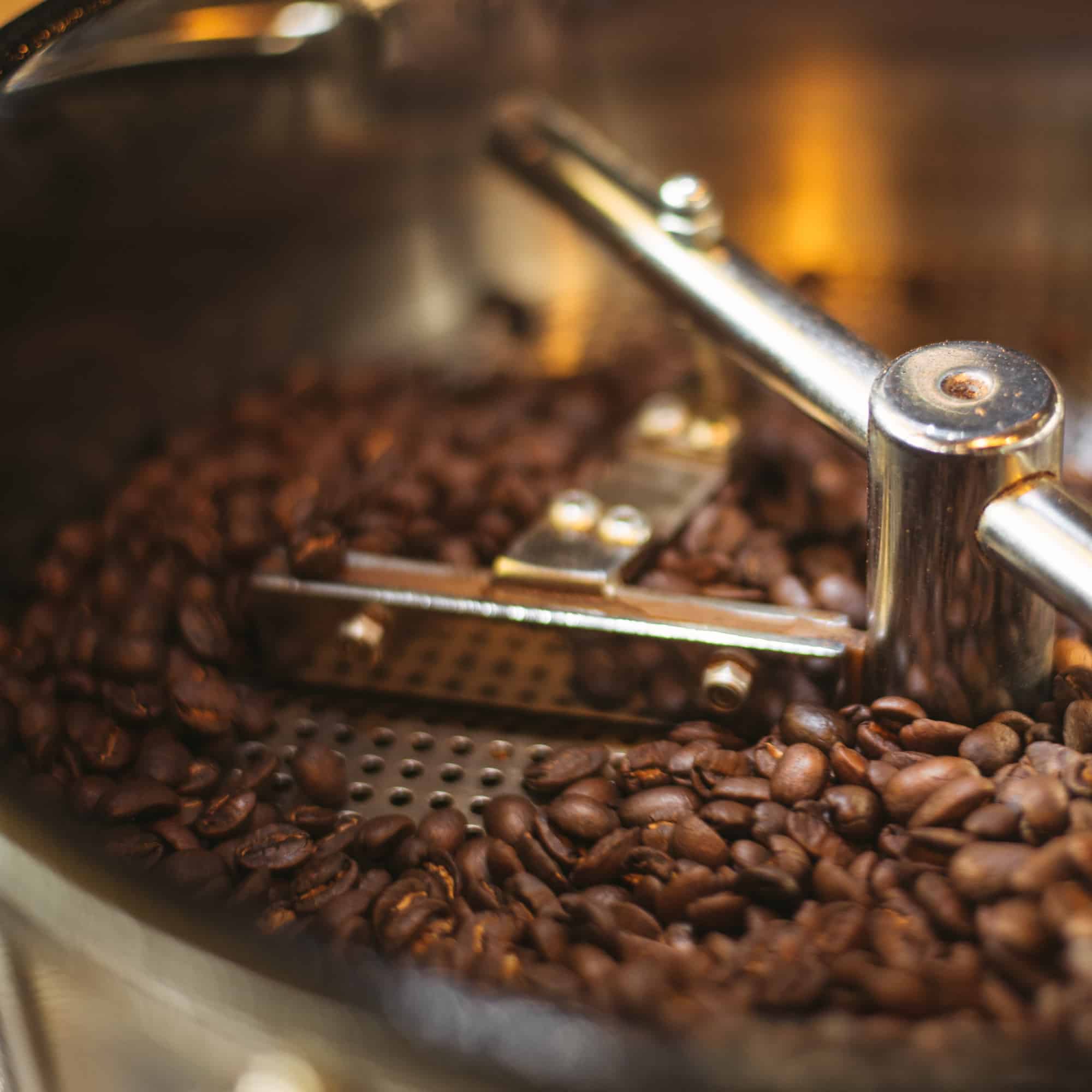A brief perusal of our current and former coffee offerings will reveal many elaborate names, which may appear to be full of fanciful words. Every term in a selection’s name details something about the coffee, though. Typically, coffees’ names include their originating country, and the farm or mill they came from. Sometimes, additional terms follow. The ones we’re going to look at in this post are terms that relate to a coffee’s size, or grade, such as “supremo” in the Colombia Lucero Supremo that we had and “AA” in the Uganda AA Bugisu that we featured.
Coffee Sizes Are Called Grades
Coffee sizes are referred to as grades, because there’s a general correlation between a bean’s size and its quality. There are numerous factors that affect a coffee’s taste. We’ve previously discussed many of them, such as elevation and varietal. If all other factors are equal, however, a larger coffee bean will generally produce a higher quality brew than a smaller one.
Grading as it’s used to describe size shouldn’t be confused with other grading terminology. “Grading” is a loose term in the coffee industry. For instance, it’s used by the Specialty Coffee Association, which “grades” coffees as “specialty grade” and “below specialty grade.” The association considers much more than just size in this classification, though. Additionally, “grades” are used in some countries to describe a coffee’s elevation. Terms like “strictly hard bean,” “hard bean,” and “soft bean” are considered grades, but they don’t detail size.
Grading jargon like supremo and AA, therefore, shouldn’t be seen as the only way to grade coffee, but they provide valuable insight into a coffee’s potential quality. At Driftaway Coffee, we like larger beans because they tend to be higher quality than smaller ones. We’ll take a lot of small beans if they have other desirable characteristics, though.
As roasters, our biggest concern with size is that it’s consistent within a lot. Larger beans roast slower than smaller ones, so it’s difficult to get a consistent roast if there are different sized beans in the same selection. We don’t just want good-sized beans; we want beans that were carefully sorted by size.
Coffee Is Sorted by Size Using Screens
Before being exported from its originating country, processors use screens to sort it by size. The beans are sifted through screens, which are metal sheets with specifically sized, round holes punched into them. (Screens used for peaberries have oblong holes, which more closely match peaberries’ elongated shape.) Screens are numbered 8 through 20, with the number referring to how many 64ths of an inch the holes are. For example, a size 8 screen has holes that are 8/64 inch wide, and a size 20 screen has holes that are 20/64 inch wide.
The size of a selection is determined by passing it through screens until it doesn’t go through the next-smaller size. For instance, if a coffee passes through a size 18 (18/64 inch) screen but not a size 16 (16/64 inch wide), it’s graded as size 18. This measurement is rarely perfect, so some leniency is allowed for larger and smaller beans. In its classification, the SCAA permits a 5-percent variance; other organizations allow similar or smaller variances.
Traditionally, even-numbered screens are used for Arabica selections, and odd-numbered screens are used for Robustas. Therefore, an Arabica lot that was graded at screen size 18 might technically be 17/18, since the next-smallest screen used for Arabicas is usually size 16.
Terms Used for Coffee Sizes Differ Around the World
Because coffee is sorted by size in its originating country, it’s size is usually expressed using local terminology. Sometimes we’ll receive coffee’s that are described as “screen 17/18,” but we also get coffees that are classified using a country’s traditional terms. Unfortunately, this creates a lack of standardization in terminology, even though beans are sorted by size using the same techniques around the world. Here’s a chart that compares the screen sizes with different terms used in various parts of the world:
|
Screen Size |
Inches |
Industry Classification |
Central and South America |
Colombia |
Africa and India |
|
20 |
20/64 |
Very Large |
Elephants* |
||
|
18 |
18/64 |
Large |
Superior |
Supremo |
AA |
|
16 |
16/64 |
Large |
Segundas |
Excelso |
AB |
|
14 |
14/64 |
Medium |
Terceras |
C |
|
|
12 |
12/64 |
Small |
Caracol |
||
|
10 |
10/64 |
Shells |
Caracolli |
||
|
8 |
8/64 |
Shells |
Caracolillo |
Elephants, a term that’s unique to Africa and India, are beans that are over 20/64 inch. Although these beans are large, they typically are intertwined with the cherry and fragile. If they don’t break up during processing, they will during roasting. Therefore, they are an exception to the rule that larger beans are typically better.
We rarely purchase a coffee that’s below screen size 16. As the concentration of terms at screen size 16 and 18 suggests, these are generally the highest quality coffee beans. Anything smaller than 14 would only be used for a cheap coffee.
Finally, classification terms from Asia (except India) are notably absent from this chart. Although parts of Asia are well known for producing coffee, the industry isn’t developed like it is in South and Central America, or even in Africa. Thus, there are fewer common terms used in Asian coffee-producing countries.
We don’t always include the size of a coffee in its name. The next time you look at our current offerings and see “superior,” “supremo” or “AA,” however, you’ll know what they mean. Why not take a look at our current coffees now and see what else you can learn about them?

